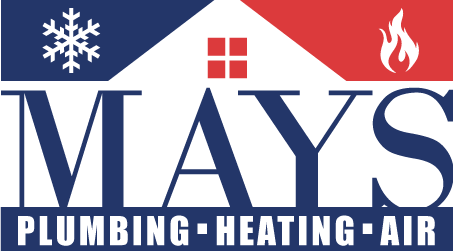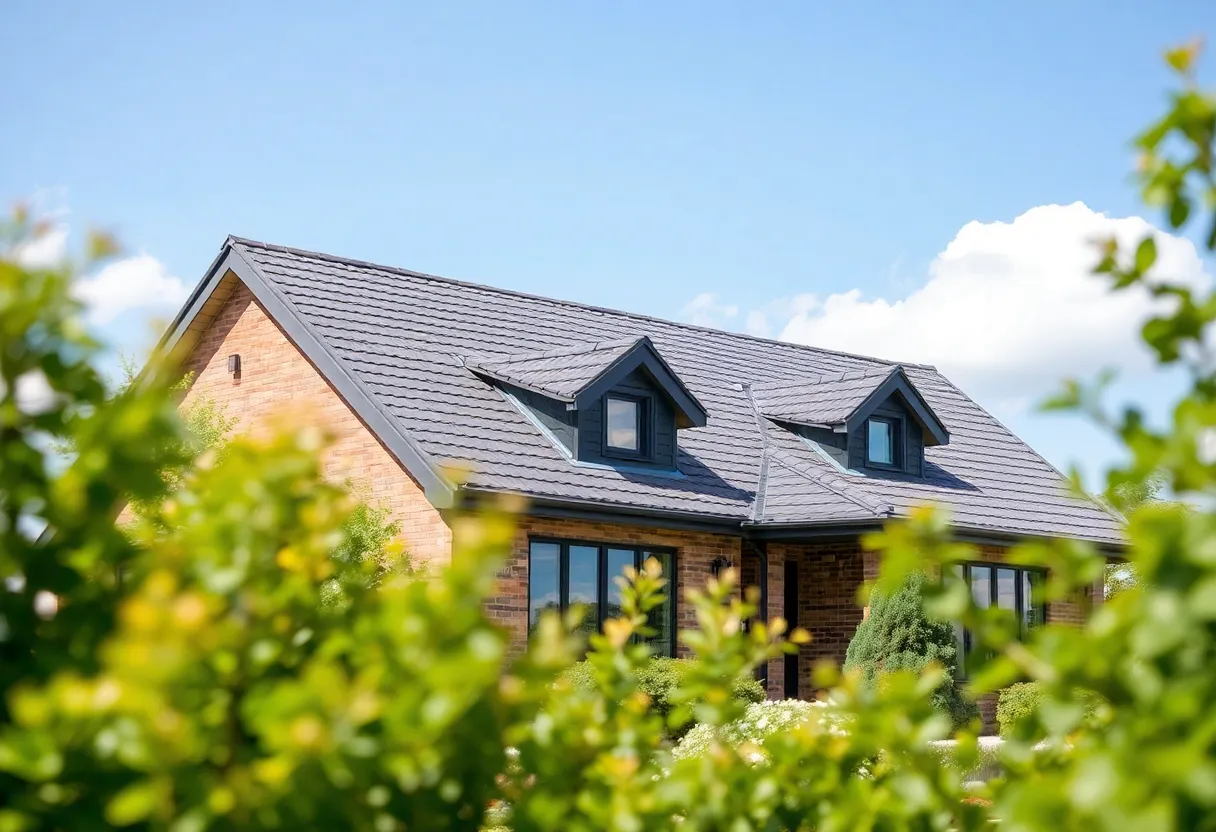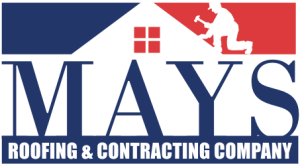How to Choose the Right Roofing Design for Optimal Energy Efficiency
Choosing the right roofing design is pivotal in enhancing a building’s energy efficiency. The right roofing system helps mitigate heating and cooling costs, making it an essential aspect of sustainable construction practices. This article will discuss various roofing designs, their energy-efficient benefits, and how to select the ideal option for your needs.
The Importance of Energy-Efficient Roofing
Buildings account for a significant portion of global energy consumption. Therefore, optimizing energy efficiency through thoughtful design can lead to considerable reductions in energy use. An effective roofing design prevents heat loss in winter and minimizes heat gain in summer. This not only contributes to environmental sustainability but also translates to cost savings for homeowners and businesses alike.
Key Factors Influencing Energy Efficiency
Several key factors influence the energy performance of a roofing system:
- Climate: The local climate significantly affects energy needs. Areas with extreme weather conditions may require specialized roofing materials and designs.
- Roof Orientation: The direction a roof faces can impact solar heat gain. South-facing roofs tend to absorb more sunlight, which can be beneficial or detrimental, depending on your cooling and heating requirements.
- Insulation: Proper insulation is essential for maintaining an energy-efficient roof. Inadequate insulation can lead to energy losses.
- Materials: Different roofing materials have varied heat-retaining properties, influencing overall energy efficiency.
- Ventilation: A well-ventilated roof can help control temperature and moisture levels, contributing to efficiency.
Types of Energy-Efficient Roofing Designs
1. Flat Roofs
Flat roofs are popular in urban areas. They offer extensive options for solar installations, which can significantly boost energy efficiency. With flat roofs:
- Solar panels can be installed without obstructions.
- They provide easy access for maintenance.
However, flat roofs may require waterproofing measures and adequate drainage systems to prevent water accumulation.
2. Sloped Roofs
Sloped roofs are an excellent choice for water drainage and snow shedding. They also provide better ventilation than flat roofs. The benefits include:
- Energy efficiency due to natural ventilation.
- Aesthetics that may increase property value.
Nevertheless, sloped roofs must be carefully designed to ensure they do not trap heat or lead to premature roofing material degradation.
3. Green Roofs
Green roofs, or living roofs, consist of vegetation planted over a waterproof membrane. They provide excellent insulation and reduce the urban heat island effect. Advantages include:
- Improved air quality.
- Stormwater management capabilities.
While green roofs require higher initial investment, the long-term benefits often outweigh the costs.
4. Cool Roofs
Cool roofs utilize reflective materials to reduce heat absorption. They can be beneficial in warmer climates by:
- Decreasing energy costs associated with cooling.
- Extending the roof’s lifespan.
Cool roofs can be integrated with both flat and sloped designs and may involve innovative materials that enhance energy performance.
5. Solar Roofs
Solar roofing systems integrate photovoltaic panels directly into the roof design. They provide electricity while functioning as roofing material. The benefits include:
- Reduction in energy bills.
- Potential income through energy credits or incentives.
Solar roofs require specific structural considerations and facing direction for optimal installation.
Choosing the Right Design
1. Assess Your Location
Understanding local climate conditions is vital. For instance, if you reside in a predominantly sunny area, cool or solar roofs may be advantageous. Conversely, colder climates may benefit from well-insulated sloped roofs or green roofs to retain heat.
2. Evaluate Your Building Structure
Consider the architectural style and structural capabilities of your building. Not all roofing designs are suitable for every type of structure. Consulting an architect or structural engineer may provide clarity on feasible designs.
3. Consider Energy Ratings
Research the energy performance ratings of potential roofing materials. Look for products certified under programs such as Energy Star. High-efficiency materials can significantly enhance energy savings over time.
4. Budget and Long-Term Investment
While initial costs are essential, consider the long-term savings associated with efficient roofing systems. Higher upfront investments in energy-efficient materials can yield substantial savings on energy bills and maintenance costs over time.
5. Access to Incentives
Research any local, state, or federal incentives available for energy-efficient roofing solutions. These incentives can help offset initial costs and encourage investment in sustainable designs.
Additional Considerations
1. Maintenance Needs
Consider the maintenance requirements of your roofing choice. Some designs, like green roofs, may necessitate regular upkeep. In contrast, cool roofs may require less frequent maintenance.
2. Lifespan and Warranty
Investigate the expected lifespan of roofing materials and the warranty offered. Long-lasting materials can maximize value over time and minimize replacement costs.
3. Aesthetic Appeal
Think about how the roofing design will complement your building’s overall aesthetic. The right design will not only enhance energy efficiency but also boost curb appeal.
Conclusion
Choosing the right roofing design for optimal energy efficiency requires careful consideration of several factors, including climate, building structure, and material properties. Each roofing type offers distinct benefits tailored to specific environmental needs. By prioritizing energy efficiency from the start, you can achieve significant long-term savings while contributing to sustainability efforts. Always consult with professionals to ensure your choice aligns with your energy goals and local regulations.
Author: STAFF HERE CLINTON
The CLINTON STAFF WRITER represents the experienced team at HEREClinton.com, your go-to source for actionable local news and information in Clinton, Laurens County, and beyond. Specializing in "news you can use," we cover essential topics like product reviews for personal and business needs, local business directories, politics, real estate trends, neighborhood insights, and state news affecting the area—with deep expertise drawn from years of dedicated reporting and strong community input, including local press releases and business updates. We deliver top reporting on high-value events such as the Festival of Discovery, Clinton Community Day, and performances at the Whitten Center Amphitheater. Our coverage extends to key organizations like the Clinton Area Chamber of Commerce and the Laurens County Historical Society, plus leading businesses in manufacturing and education that power the local economy such as Milliken & Company and Presbyterian College. As part of the broader HERE network, including HEREAiken.com, HEREBeaufort.com, HEREChapin.com, HERECharleston.com, HEREClinton.com, HEREColumbia.com, HEREGeorgetown.com, HEREGreenwood.com, HEREGreenville.com, HEREHiltonHead.com, HEREIrmo.com, HEREMyrtleBeach.com, HERENewberry.com, HERERockHill.com, and HERESpartanburg.com, we provide comprehensive, credible insights into South Carolina's dynamic landscape.




 Mays Contracting
Mays Contracting

